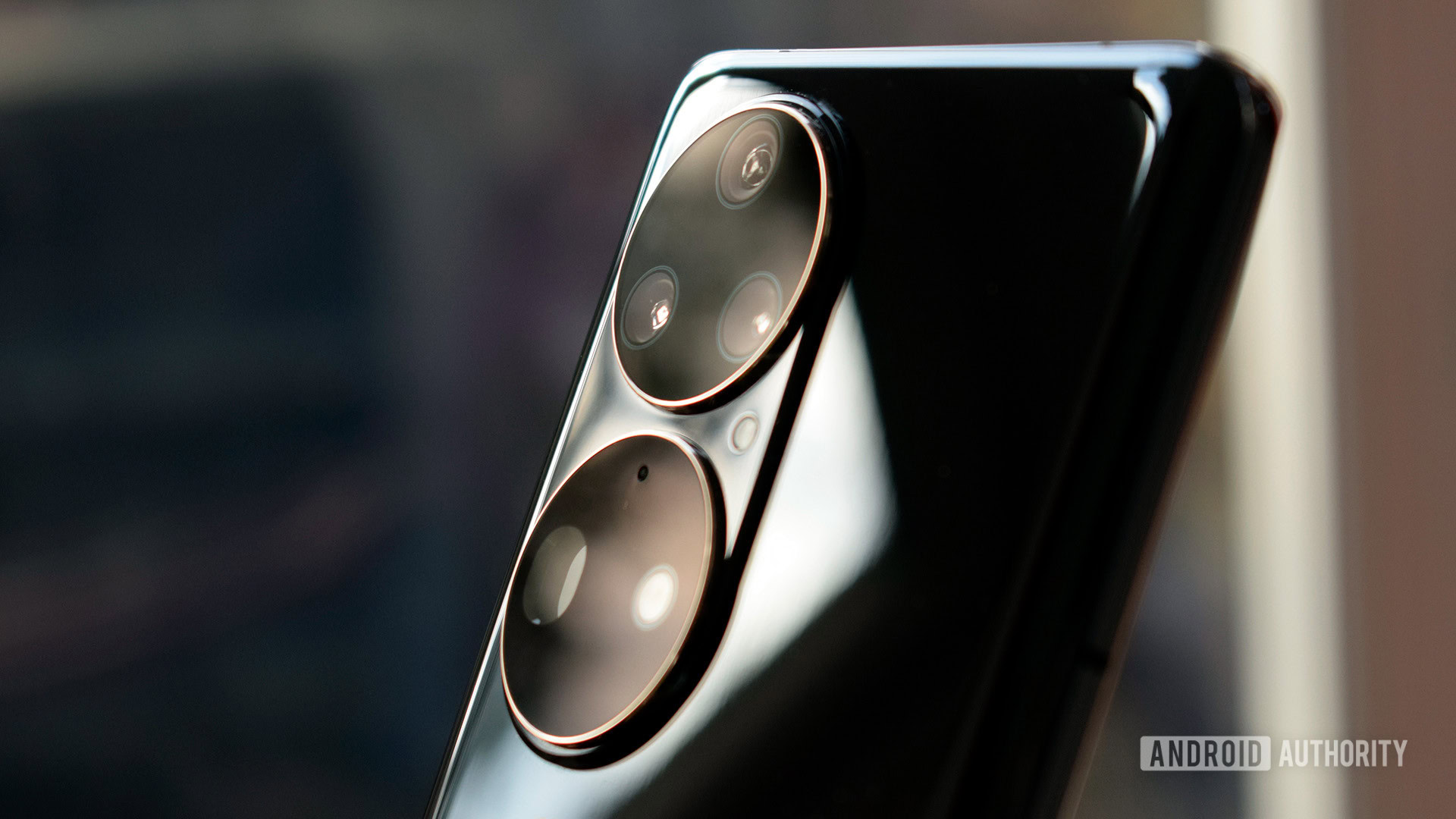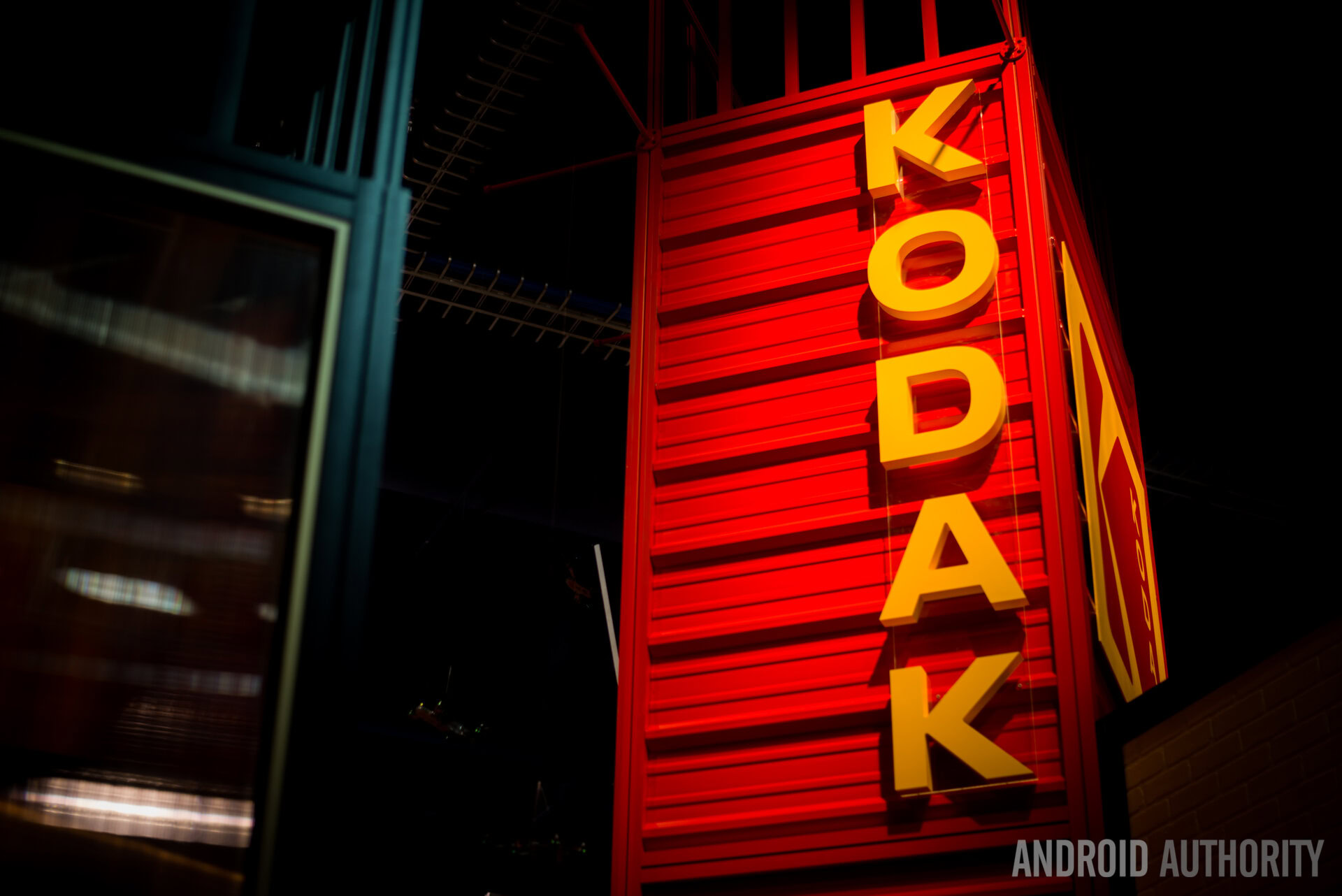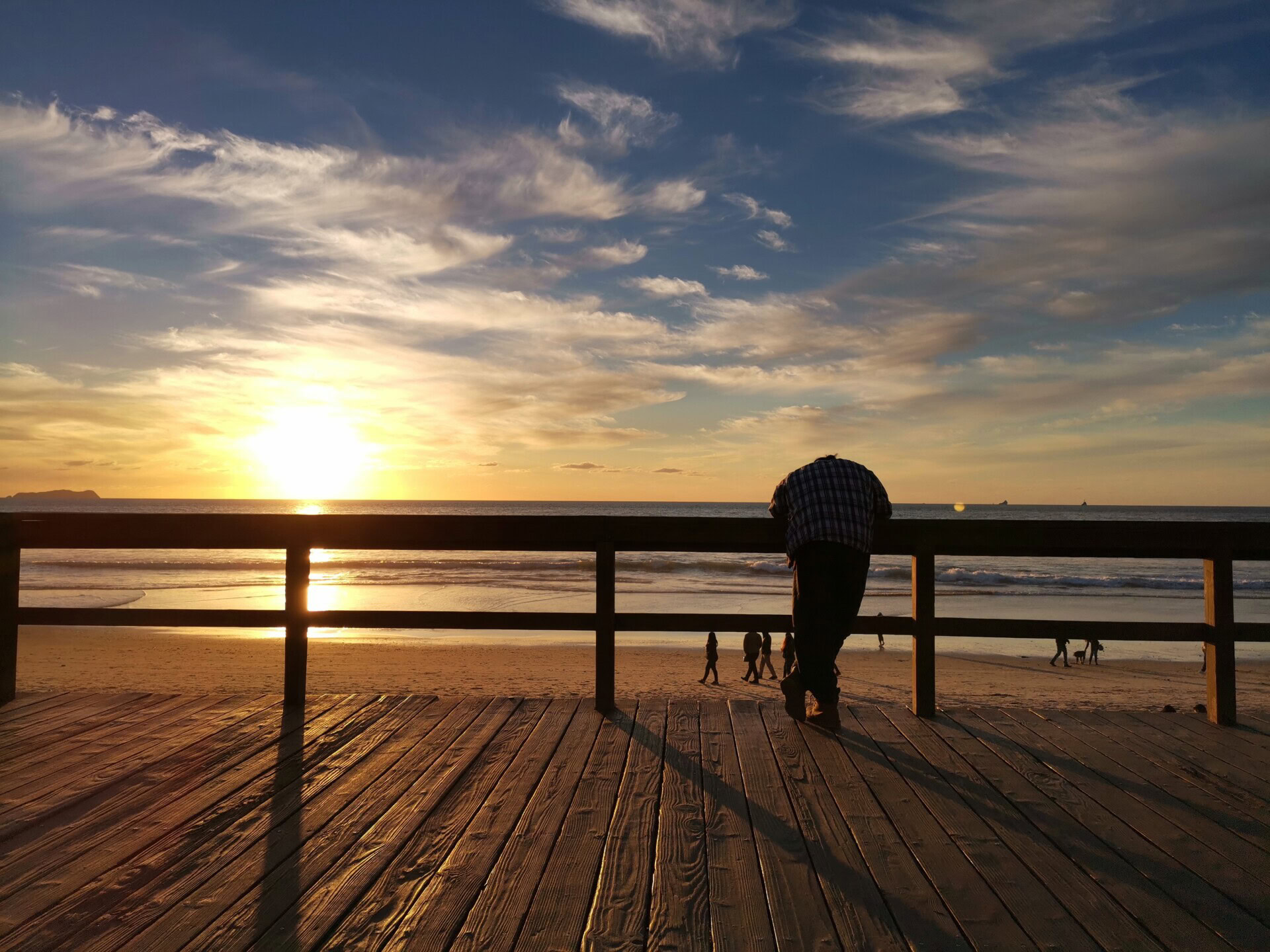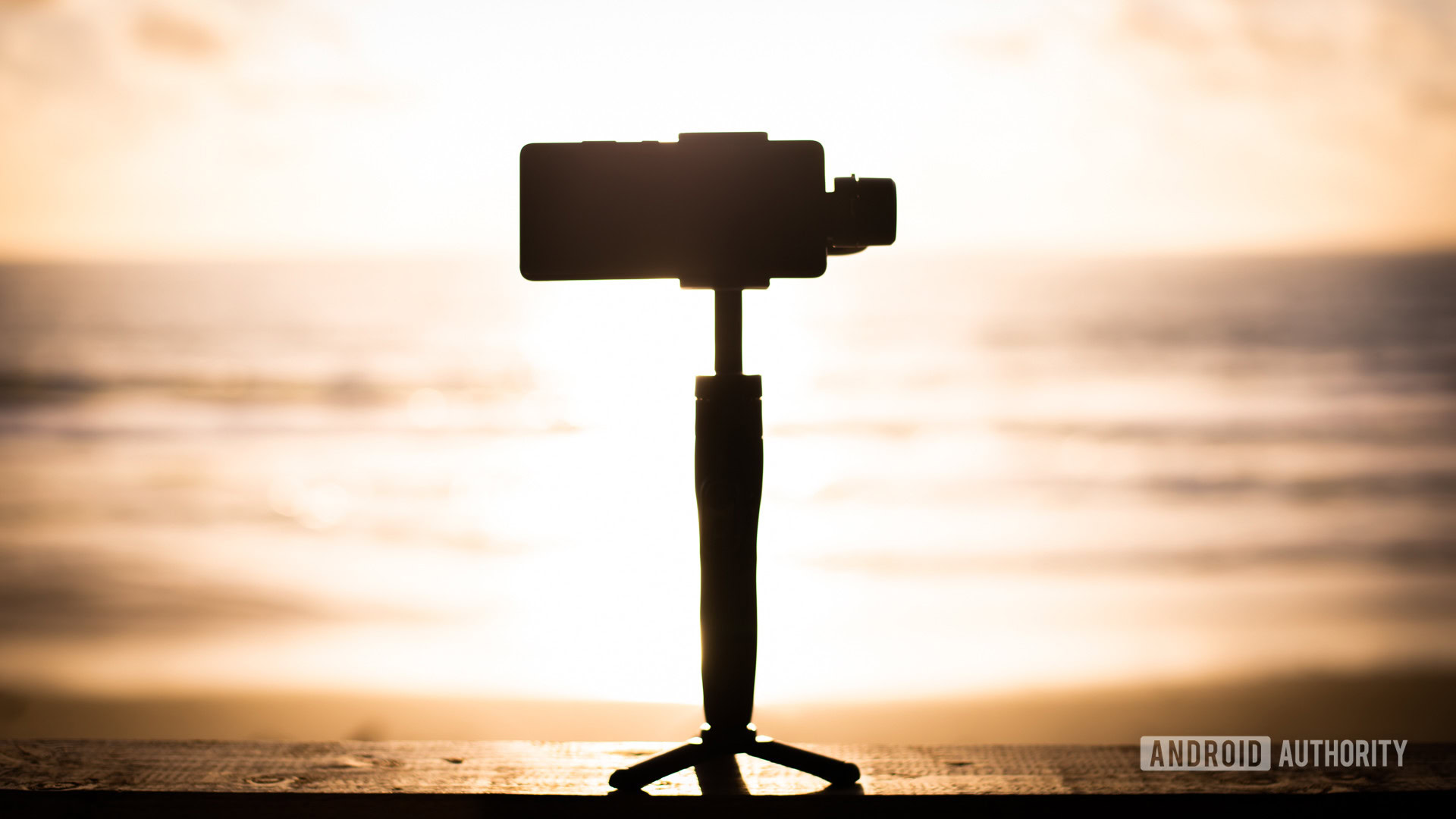Affiliate links on Android Authority may earn us a commission. Learn more.
What is dynamic range in photography? Everything you need to know
Published onJanuary 30, 2022

You finally mastered manual mode, and now photographers are throwing fancy terms like “dynamic range” at you. Learning new photography terms can be overwhelming (there are so many). Don’t worry — understanding dynamic range is much simpler than it seems. It’s also an important concept in photography, so keep reading to learn all about it.
What is dynamic range in photography?

The Oxford Dictionary defines dynamic range as “the ratio of the largest to the smallest intensity of sound that can be reliably transmitted or reproduced by a particular sound system.” That definition refers to audio, but the idea is similar in photography. Dynamic range relates to how much data a camera can capture at the extremes of exposure, from the darkest to the lightest parts of a scene.
Dynamic range relates to how much data a camera can capture at the extremes of exposure in a scene.Edgar Cervantes
A common situation where you see dynamic range effects is when shooting images in direct sunlight. You have ample light to work with in such cases, but the differences in lighting are much more pronounced. Depending on your camera’s exposure, the sky can be overblown, or other darker areas of the scene can be under-exposed. Likewise, shadows under trees and other objects can appear pitch black. Take a look at the image in the next section to see an example.
Also: More photography terms you should definitely learn
How is it measured?

We can measure dynamic range in stops, where each stop equals double or half the amount of light. Increasing exposure by one stop means doubling the light. If you were shooting at shutter speed 1/100, one stop brighter would be 1/50, while one stop darker would be 1/200.
A high-performing shooter like the Sony A7 III can have a dynamic range of 15 stops. Edgar Cervantes
If you have a camera with one stop of dynamic range, that means it can take an image of a scene in which the lightest part is twice as bright as the darkest part. A sensor with a dynamic range of two stops will capture all detail when the lightest area in a scene is four times brighter than the darkest. Going past these limits will result in an image with blown-out highlights or pitch-black shadows.
We are using smaller numbers to more easily understand the concept, but most cameras do much better than one or two stops of dynamic range. A high-performing shooter like the Sony A7 III can have a dynamic range of 15 stops, but it’s more common to see cameras with 11-14 stops. In comparison, the human eye can handle 20 stops.
More: The best cameras for every type of user
HDR: For when dynamic range is not enough

No matter how many stops of dynamic range your camera can handle, you will run into situations in which it’s not enough. In these cases, you can always rely on high dynamic range (HDR), a technique used to shoot images with extreme levels of light contrast.
Essentially, HDR accomplishes a balanced exposure throughout the frame. This is done by shooting multiple images at different stops. The idea is that each photo will expose for different light levels. This image conglomerate is merged, becoming a single photo with much more information in both the bright and dark sections.
Here is a sample of what HDR can do:
Dynamic range tends to be an overlooked spec in the photography world, but it is one of the most important features to look at. Understanding it is crucial for achieving stunning images when the lighting doesn’t favor you. We have a guide to show you how to do HDR, step by step. Check it out below.
Next: What is HDR and how to do it manually
There are plenty of great shooting styles and methods that will take your images to the next level. We recommend checking our advanced photography tips, macro photography guide, and manual shooting tutorial to sharpen your skills further and become a better photographer. It would help if you also learned to properly edit an image.